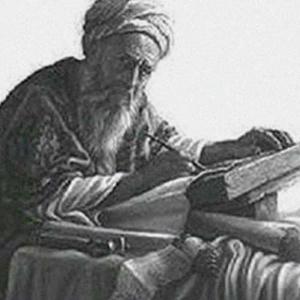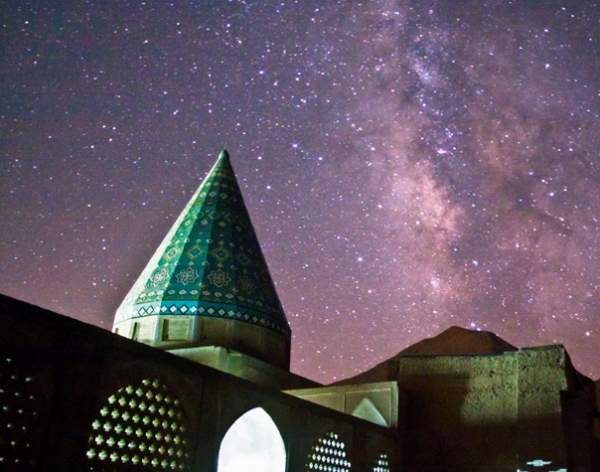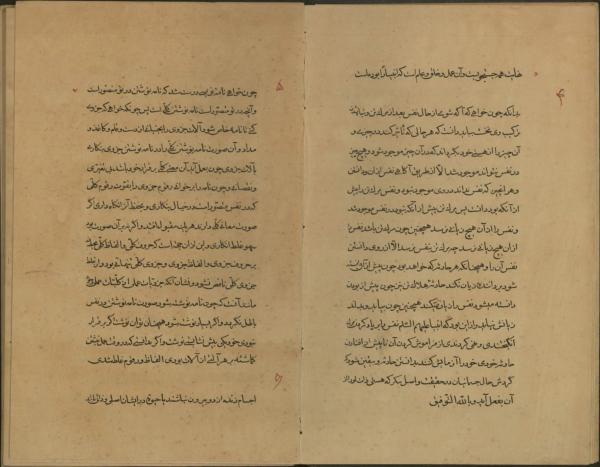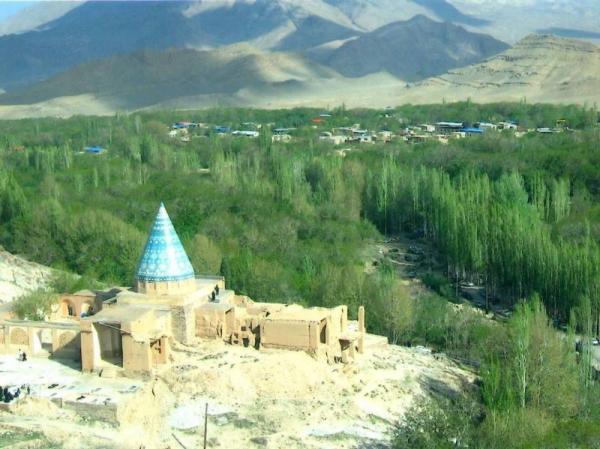Biography of Afzaluddin Kashani, a great Iranian poet, sage and philosopher

 Afzaluddin Kashani's photo
Afzaluddin Kashani's photoBaba Afzal is a great Iranian poet, sage and philosopher who lived in the second half of the 6th century and the beginning of the 7th century. He wrote beautiful quatrains that are popular among people, and a large number of philosophical writings of this great historical figure can be seen in the libraries of Iran and the world.
An abstract of Afzaluddin Kashani's biography:
Full name: Afzaluddin Muhammad bin Hossein bin Muhammad Maraghi Kashani
Fame: Baba Afzal
Date of birth: first half of the sixth century
Place of birth: Kashan
Death: Around 610
Burial place: Maragh mountains from Qara Kashan
Biography of Baba Afzal:
Baba Afzal, whose real name is Muhammad bin Hossein bin Muhammad Maraghi Kashani, was born in Kashan in the first half of the sixth century. dedicated. Beautiful quatrains were written by this poet, which are very popular among people.
There is no clear information available in history about the details of Baba Afzal's life, based on what they have brought at the time of Genghis's nationwide attack on Iran, that is, in the early seventh century; Baba Afzal is in old age. Khwaja Nasir al-Din Tusi talks about a person named Kamal al-Din Muhammad Hasab, who was one of the students of Baba Afzal, and when Khwaja Nasir was a child, he migrated to Tus and Khwaja Nasir went to him to learn mathematics.
This great poet and philosopher spent his entire life in Kashan and spent his time with activities such as teaching, authoring, research and discussion. In some sources, Khwaja Nasir al-Din Tusi is introduced as a student or relative of Baba Afzal. Baba Afzal was very skilled in the Persian language, therefore he has an eloquent, expressive, pleasant and mature pen, and his writings were written completely according to the principles of writing.
Baba Afzal made every effort to use Persian words instead of Arabic words in his treatises. Several articles of this patriotic philosopher about Sufism, conduct and wisdom have been written in Persian language with a very eloquent text, and most of the works left by Baba Afzal are in Persian language, and among the exceptions are; Al-Kamal Madaraj or open letter and treatise on science and speech or Minhaj Mobin mentioned.
 The burial place of Afzaluddin Kashani
The burial place of Afzaluddin KashaniManuscripts of Baba Afzal:
Manuscripts of Baba Afzal can be seen in libraries all over the world and in Iran, although this amount accounts for a large proportion. Baba Afzal's philosophical writings are short and most of them are written in Persian language and some of them are also found in Arabic language. are In his philosophical writings, there is clear and fluent language, but Baba Afzal also used new philosophical terms that were his own invention. In the field of philosophy, a number of Baba Afzal's letters can be seen.
Some of Baba Afzal's philosophical writings were published in a scattered and separate form, and finally, Mr. Mojtabi Minavi, accompanied by Mr. Yahya Mahdavi, published Baba Afzal's works in two volumes in 1331 and 1337 with scientific-research corrections in Tehran University Press. They gave. In the second volume of this collection, there are 192 quatrains, 7 sonnets and 3 odes, and there are documents about it.
It is true that Baba Afzal became famous in the fields of philosophy, but in the field of quatrains he was also able to gain fame and popularity among the people, among Jamags and Safinas, a large number of quatrains have been attributed to Baba Afzal, most of them for sure. They do not belong to him.
 Manuscripts of Afzaluddin Kashani
Manuscripts of Afzaluddin Kashaniletter of presentation; A famous work by Baba Afzal:
One of the works that was able to expose his special opinions more than other writings of this philosopher; It is a letter. This book is written in 4 sections, which include; Presenters and workers in the objects of the world, the presentation of objects or passive and active beings, the presentation of the knowledge of people (man) and the presentation of the knowers, and the expression of the nature and intent of the knower.
In this work, Baba Afzal refers to the knowledge of the self and the high status that man himself achieves by knowing the general facts, and he also refers to the ultimate goal of writing an essay in the discussions of the third and fourth parts of this book, which are related to the knowledge of general facts. refers to, is hidden.
Baba Afzal Jame Al-Hikma:
Jame al-Hikma was published by Mohammad Taghi, a scholar, in Tehran in 1361; which talks about the interpretation of “Basmalah” as well as the mystical and philosophical benefits of them. This type of writing is not seen anywhere else, except in the fourteenth speech of the religion of Nasser Khosrow Qabadiani.
This book has made itself special by having a number of topics about the reason for the non-existence of God, which does not exist except in Ismaili esoteric teachings, but this topic cannot be considered as a burden on the author's religious background, especially since his philosophical belief in the authenticity and sufficiency of wisdom It has nothing to do with esoteric teachings. Some people introduce Baba Afzal as an Ismaili, which seems to be related to the inference from this issue. He considers the Sunan religion to be the best way to achieve the goal, and in this regard he has written several quatrains praising Ali bin Abi Talib, there is doubt about their authenticity.
Examining the date of Baba Afzal's death:
Regarding the date of Baba Afzal's death, what is important is that; In his treatise Sir Wa Suluk, Khawaja referred to him as “Rahma Allah”, this means that Baba Afzal was not alive at least in 655, so the people who announced the death date as 666 or 667 had a wrong impression, maybe this The date was related to 606 or 607, but due to the mistake of the copyists, it was changed in this way.
On the other hand, Baba Afzal, in a letter to “Sahib Saeed Majdal-Din Muhammad Bin Ubaidullah”, introduced him as a 60-year-old servant who surrendered to the Bedouins and obstacles in the darkness of his life. Therefore, if we consider his death around 610, his birth must have been before 550.
According to the writings of the publishers of his Divan, the burial place of Baba Afzal is located at the highest point in the far west of Maragh village, 42 kilometers northwest of Kashan.
Baba Afzal's mausoleum has a large courtyard and a dome covered with seven-colored tiles and built on a stable prism. There is a height of 25 meters between the top of the mausoleum and the floor of the mausoleum.
 The burial place of Afzaluddin Kashani
The burial place of Afzaluddin KashaniSome works of Baba Afzal:
letter of presentation
Jami al-Hikmah
Implementation guide
The arrangement of Shahan is rich
The source of al-Hayya
Madaraj al-Kamal or opening letter
Immortal
Translation of Aristotle's treatise Nafs
the egg
treatise on science and speech or minhaj mobin
Letters and questions (schools and answers to questions)
Safety from failure of the ego in the shelter of wisdom
Basics of sensual beings
The verses of al-Sanaa fi al-Kashf about the content of divine seven or the verses of al-Ibdaa fi al-Sanaa
Breathing a little
Four titles or selections of the chemistry of happiness
Narratives and chapters
Description of the life of Ibn Yaqzan
Beneficial
compilation: Cover biographical section






